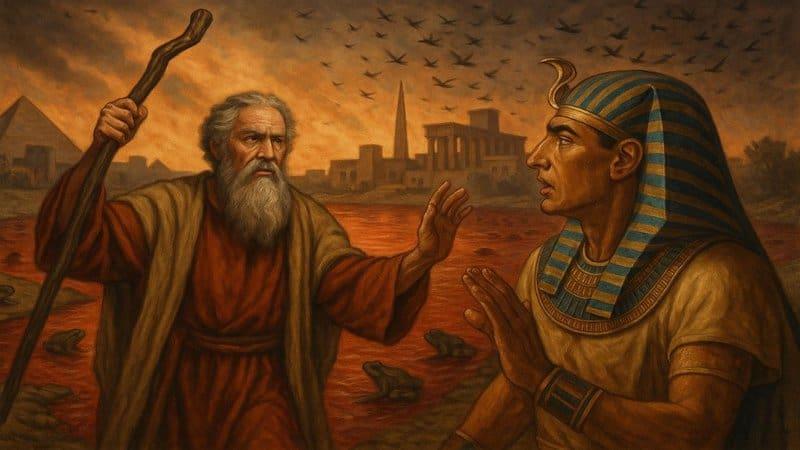4. Swarms of Flies

The fourth plague brought relentless swarms of flies, a scenario modern scholars often tie to the abundance of decaying frog carcasses left in the Nile’s wake. This sudden food source would have spurred a population explosion in Diptera (true flies). Research published in the Journal of Archaeological Science documents similar insect plagues in ancient agricultural regions. The flies, thriving in disrupted ecosystems, would have made daily life miserable and possibly spread disease, reflecting a cascade of natural consequences after the earlier plagues.










